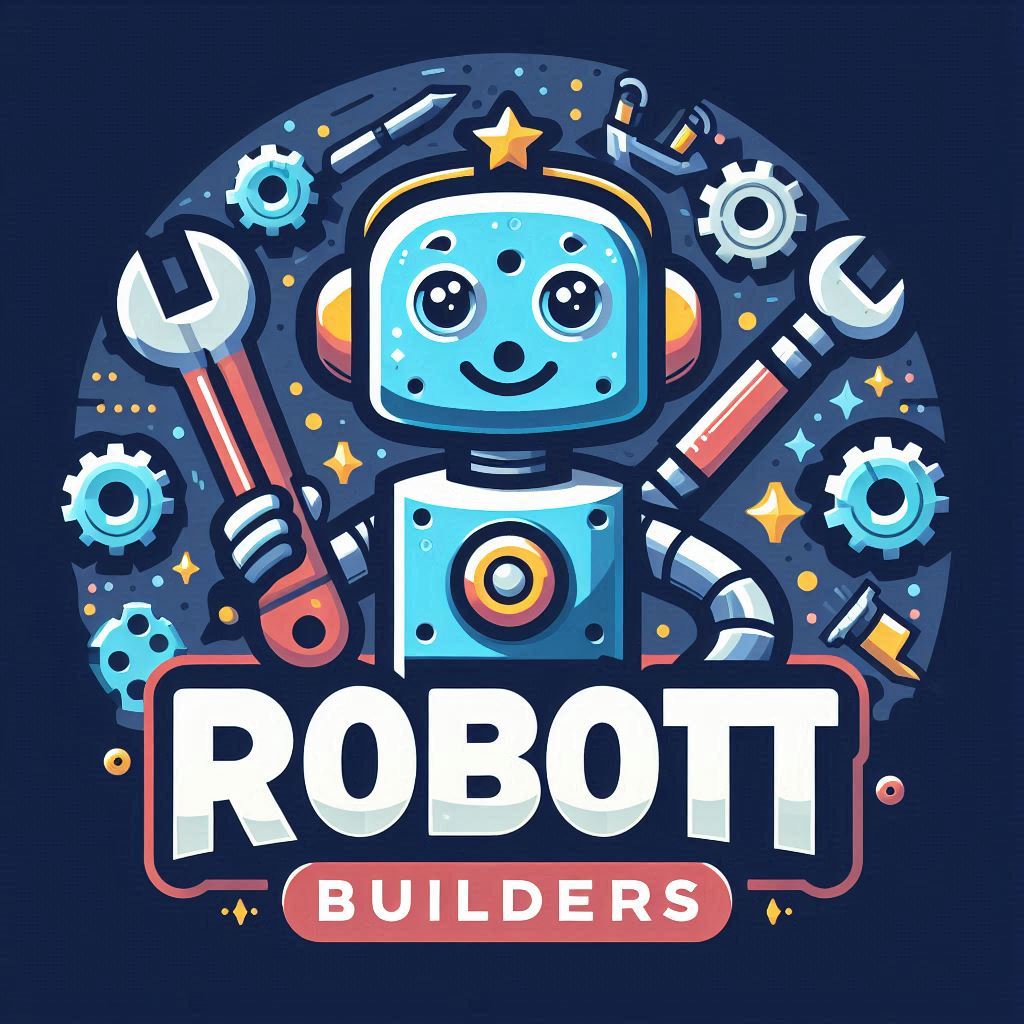In today’s fast-paced digital landscape, businesses and professionals are increasingly relying on AI-powered email response tools to streamline communication and improve efficiency. These automated systems save time, enhance customer service, and ensure timely responses without human intervention. If you’re looking to develop an AI tool for automated email responses, this tutorial provides a step-by-step guide while following SEO-friendly best practices.

Step 1: Define the Scope and Objectives
Before diving into development, clearly define your tool’s purpose:
- Who will use it? Businesses, customer support teams, or professionals?
- What responses will it handle? Appointment confirmations, FAQs, personalized replies?
- What level of automation is needed? Fully autonomous responses or AI-assisted drafts?
A well-defined scope ensures the tool meets user needs efficiently.
Step 2: Choose the Right Technology Stack
Selecting the right tech stack is crucial for building a reliable AI-powered email system.
Programming Languages
- Python: Ideal for AI and machine learning integration.
- JavaScript (Node.js): Useful for backend development and APIs.
AI & NLP Libraries
- TensorFlow / PyTorch: For machine learning-based responses.
- SpaCy / NLTK: To enhance Natural Language Processing (NLP) for email understanding.
- Hugging Face Transformers: Pre-trained models for AI-powered text generation.
Integration & Email APIs
- SMTP / IMAP: Handling email communication.
- Gmail API / Outlook API: For seamless email integration.
Step 3: Collect and Preprocess Email Data
To train AI models effectively, you need high-quality email datasets. Follow these steps:
- Gather Data: Use customer email interactions, publicly available datasets, or simulated email conversations.
- Preprocess Data:
- Clean up formatting inconsistencies.
- Remove unnecessary HTML elements.
- Tokenize and categorize emails (e.g., inquiries, complaints, requests).
A well-prepared dataset improves model accuracy and relevancy.
Step 4: Train a Natural Language Processing Model
AI-driven email tools require an NLP model that understands context, tone, and intent.
Training Process
- Select an AI Model: Fine-tune GPT, BERT, or T5 for email responses.
- Implement Sentiment Analysis: Help AI determine the tone of incoming emails.
- Customize Responses: Train AI to generate relevant replies based on different scenarios.
- Test with Sample Emails: Ensure AI provides accurate, human-like responses.
Optimization Tips
- Use transfer learning to reduce training time.
- Regularly update data to improve AI’s contextual understanding.
- Incorporate reinforcement learning for continuous improvements.
Step 5: Develop an Intelligent Response System
Design a system that autonomously generates, personalizes, and sends emails.
Key Features to Implement
- Auto-Reply Suggestions: Provide AI-generated response drafts for user approval.
- Personalization Layer: Include user-specific details (name, previous interactions, etc.).
- Multi-Language Support: Expand communication to global users.
- Spam Detection: Filter out irrelevant emails to maintain efficiency.
Step 6: Integrate AI Email Responses with Communication Platforms
A seamless email integration boosts usability and efficiency.
Steps for Deployment
- Connect to Email APIs (Gmail, Outlook, SMTP).
- Develop a User Dashboard for response management.
- Enable Webhook Notifications to trigger AI responses.
- Ensure Mobile Accessibility for better user experience.
Step 7: Test, Monitor, and Improve
No AI tool is perfect at launch—testing is essential.
Testing Methods
- Real-World Simulations: Send AI-generated emails internally.
- User Feedback Collection: Gather insights for improvement.
- Performance Metrics: Measure response accuracy, speed, and relevance.
Continuous Monitoring
- Analyze user engagement data.
- Retrain AI models with new inputs.
- Update features based on emerging industry trends.
SEO Optimization for AI Email Response Tools
If you plan to market your AI email response tool, strong SEO strategies ensure better visibility.
SEO Tips
- Keyword Optimization: Use relevant terms like “automated email AI,” “smart email replies,” and “AI email assistant.”
- Create an SEO-Friendly Landing Page:
- Include clear call-to-action (CTA) buttons.
- Write compelling meta descriptions and headings.
- Publish Tutorials & Case Studies: Demonstrate real-world applications and benefits.
- Improve Website Speed: Fast-loading sites rank higher on Google PageRank.
- Build Backlinks: Partner with tech blogs and AI communities for credibility.
Final Thoughts
Developing AI-powered tools for automated email responses streamlines workflow efficiency, enhances communication, and saves valuable time. By leveraging NLP, training advanced models, and integrating smart response systems, businesses and individuals can boost productivity while maintaining personalized interactions. Start building today and transform how emails are managed in the digital age!
